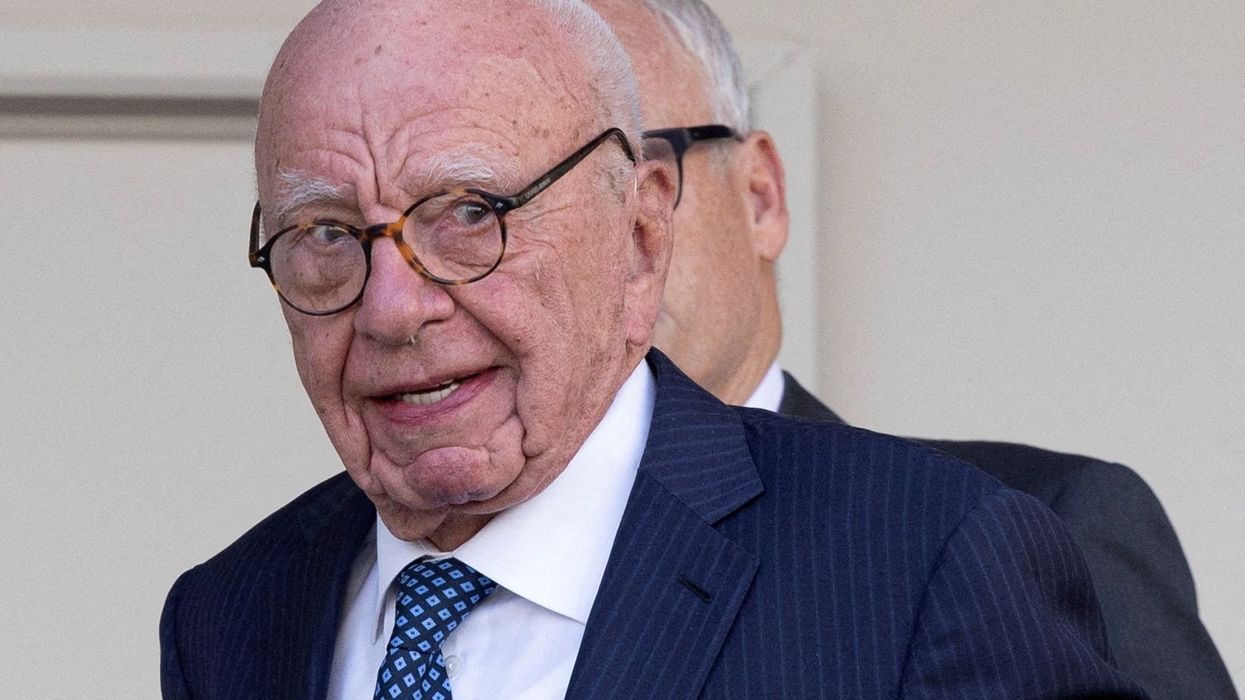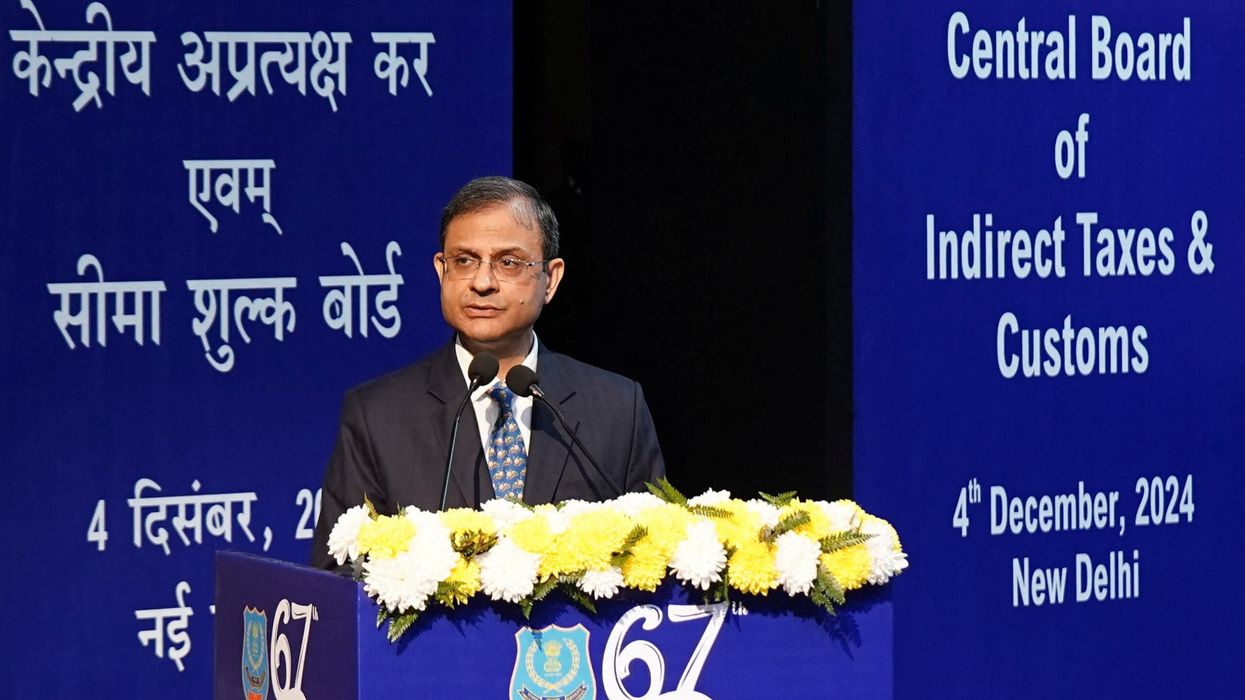INDIA has moved up one place to rank 43rd most competitive economy in the globe while the UK has tumbled out of the world's 20 most competitive economies, a global study showed yesterday (28).
A robust economic growth, a large labour force, huge market size, and other factors have pushed India to become 43rd most competitive economy in the globe, according to the 2019 edition of the IMD World Competitiveness Rankings.
India was ranked 45th in 2017, but higher at 41st in 2016.
The UK has moved out of the world's 20 most competitive economies due to slowing economic growth, political instability, and an increasingly interventionist government, said IMD World Competitiveness Centre, which compiles the ranking.
The latest ranking has kept Britain in the middle of the table, which comprises 63 countries.
The 23rd place is Britain’s worst performance in the report’s 21-year history.
Singapore has ranked as the world’s most competitive economy for the first time since 2010 as the US slipped from the top spot, while economic uncertainty took its toll on conditions in Europe.
Competitiveness across Europe has struggled to gain ground with most economies on the decline or standing still.
The Nordics, traditionally a powerhouse region for competitiveness, have failed to make significant progress this year, while ongoing uncertainty over Brexit has seen the UK fall from 20th to 23rd.
The Asia-Pacific region emerged as a beacon for competitiveness, with 11 out of 14 economies either improving or holding their ground, led by Singapore and Hong Kong SAR at top of the global chart.
Economists regard competitiveness as vital for the long-term health of a country’s economy as it empowers businesses to achieve sustainable growth, generate jobs and, ultimately, enhance the welfare of citizens.
The IMD World Competitiveness Rankings, established in 1989, incorporate 235 indicators from each of the 63 ranked economies.
The IMD Business School said it takes into account a wide range of statistics such as unemployment, GDP and government spending on health and education, as well as data from an executive opinion survey covering topics such as social cohesion, globalization and corruption.
This information feeds into four categories- economic performance, infrastructure, government efficiency and business efficiency - to give a final score for each country, said IMD World Competitiveness Centre.











